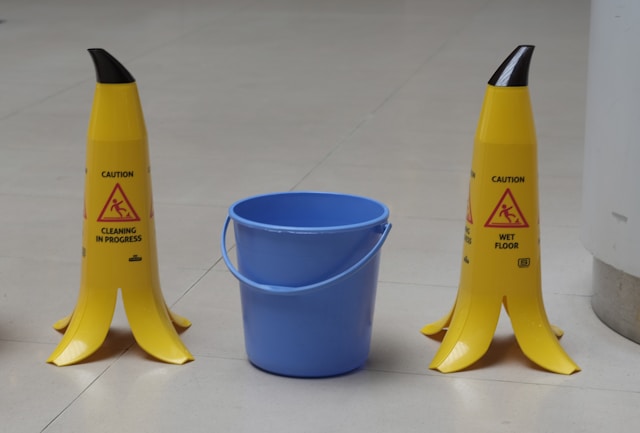Money in “Them Thar” Artificial Coral Reefs
Last summer, IndustryTap wrote “Underwater Robots To Help Coral Reefs Recover” in which a company called “CoralBots” developed a robotic device to move along the ocean floor, planting coral. And last week we looked at how large oil rigs are being used as reefs via the “Rigs to Reefs” program. These types of efforts are being replicated around the globe and there are lots of ideas on how to save or revive coral reefs.
The largest artificial reef in the world is a sunken aircraft carrier, the USS Oriskany, or “Mighty O”, which traces its roots to the Vietnam War and was purposely sunk in the Gulf of Mexico in 212 feet of water, about 33 miles southwest of Destin, Florida, in May 2006.
Urban Reefing
Decommissioning vessels or rigs, cleaning them up and using them to help marine life is a new trend.
The Florida chapter of the Coastal Conservation Association (CCA), a US wide marine conservation organization with offices in 17 states, is raising funds to create two new fishing reefs just a half mile from the I-90 bridge over the St. Johns River in downtown Jacksonville, Florida. The size of the reefs is modest, just 200 x 200′ but 25,000 ft.³ of concrete rubble will be placed under and around these reefs.
Jacksonville University has been tabbed to study the reefs for a two-year period to gauge their impact on the structures and the surrounding marine environment. CCA has received support from Shell Oil Company and produced a dozen Marine habitat restoration projects along the Gulf Coast over the past several years.
“Idle Iron Policy” Advocates Blowing Up Living Reefs
Ironically, while the artificial reef trend picks up steam, the US Department of the Interior (DOI) seems to be swimming against the current, as it has issued a directive ordering oil companies to blow up living coral reefs in the Gulf of Mexico. These reefs have grown up around platforms, some of which have been in the water for years.
The directive, given in 2010, ordered all non-producing rigs to be plugged and their structures removed within five years. There are approximately 3,500 offshore structures in the Gulf of Mexico with about 650 not producing oil or gas. Fishermen and scientists argue that the oil platforms now are the basis of and structure for flourishing ecosystems of seaweed, coral and fish.
There has been much congressional debate on the issue of artificial reefs and the National Oceanic and Atmospheric Administration (NOAA) has been considering designating the artificial reefs as “Essential Fish Habitats” which would remove them from the list of structures to be destroyed.
Stripping Ships & Oil Platforms Of Toxic Materials
Before ships or oil platforms can be used as artificial reefs they must be stripped of toxic materials. The Oriskany aircraft carrier required $20 million of cleaning before it was towed to its final destination. Scientists at Florida State University have estimated that the Oriskany aircraft carrier provides $92 million in value to the local economy each year. This includes fishing benefits as well as a growing “sport diving” business that takes divers to view the sunken aircraft carrier.
Related articles on IndustryTap:
- Teenage Engineering Student Develops Brilliant Idea to Clean Our Oceans
- Sailing Drones Ready to Save the World’s Oceans
- Oceans are the World’s Largest Solar Panels
References and related content:






